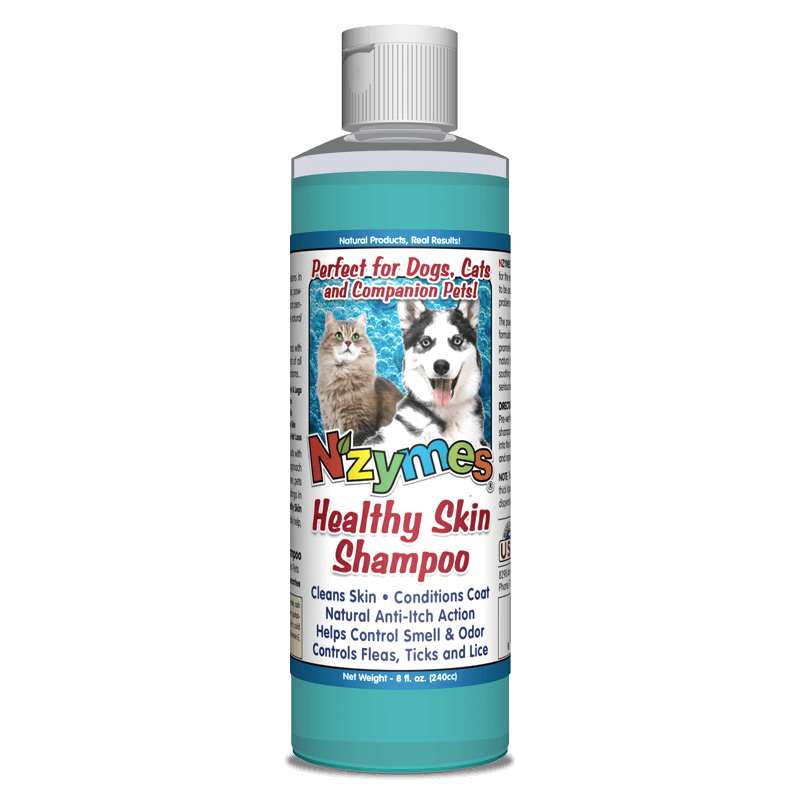Does your Dog Have Blackened or Elephant Skin?
Noah was a young Pit Bull-Mastiff mix with perfect pink skin and a healthy looking coat. At 2 years of age, after a routine trip to the vet for vaccination shots, he began to develop a patch of blackened skin. The vet tested him for hypothyroidism and the results were negative – so they prescribed him antibiotics and steroids.
Soon Noah started itching and scratching and pulling out big chunks of hair. He was miserable, couldn’t sleep at night from all the itching and he smelled horrible. In this case, after months and months of tests, and treatments (costing thousands of dollars), the final suggestions were for Noah be put down.
Completely Unacceptable.
Unfortunately, this is an all too common scenario these days. Not every case will be as severe as Noah’s, but the question “why is my dog’s skin turning black?” is often left unanswered. When the doctor finally realizes, after months of treatments and meds, that he can’t figure out what’s going on, the suggestion of allergy testing with a dermatologist specialist is offered or the last thing any owner wants to hear, ‘euthanasia’. Sadly, if you spend any time at all reading different forums and blog posts about people who are dealing with their dog’s blackened skin, most of the stories follow the same scenario.
NOTE: Nzymes Healthy Skin Program has been helping to resolve a wide variety of Dog Skin Problems, such as Skin Blackening for many years. Our ‘success rate’ is easily attested to with our Customer Reviews. SEE REVIEWS HERE.
It really doesn’t need to be this way. Unless your dog has a massive flea infestation or Mange, the mysterious black skin is likely caused by an immune system imbalance… usually accompanied by one or many of these additional symptoms.
- Itching
- Biting
- Licking Paws
- Odor (like Frito feet)
- Ear Infections
- Hair loss
The Yeast Connection
Most of these symptoms are due to an overgrowth of yeast in the digestive tract. The damage inside lowers the body’s ability to feed nutrients to the biggest organ of the body, the skin, and subsequent hair and coat. Not only can this yeast overgrowth contribute the breakdown that leads to blackened skin and the other symptoms above, it can also be blamed for sudden lethargy and loss of appetite.
Sophie’s Example
The good news is this overgrowth of yeast can be rebalanced with proper diet, nutrition and help. Just take a look at the story of Sophie, illustrated in part by the video above. It clearly shows the timing and full recovery she experienced. The earlier you recognize the signs the better… if you wait too long before addressing this issue, it can take a longer period of months to get under control. See – OTHER EXAMPLES.
It’s heartbreaking to realize how many beloved dogs suffer from something so misunderstood, preventable and recoverable. Medicine does not have the answer to every health issue your pet may experience. But many times, for you, it just comes down to accepting that it’s OK to be empowered pet parents.
If you’ve been fighting this frustrating battle of the blackened skin, take heart… there are many resources to help you approach it naturally and as quickly as possible.
Products Recommended with Dog Skin-Blackening Concerns




